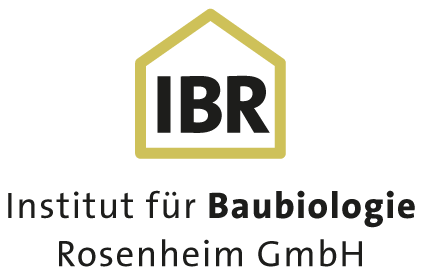

Preliminary notes: formaldehyde is a rather special substance among the volatile organic compounds. This substance belongs to the aldehydes group and is a toxic, colourless, inflammable gas with a pungent acidic smell. It easily dissolves in water and alcohol. The aqueous solution of formaldehyde (37%) is an important commercial product under the name of Formalin.
Increased indoor air concentrations of formaldehyde can cause allergies or irritations of the skin, the respiratory system or the eyes, but the trigger levels are different from person to person.
Formaldehyde is hardly ever used directly in products for internal applications, but it is usually a product of the reaction of adhesives or binders with water (air humidity). This mainly concerns the following products for internal applications:
- glued products from wood materials, cork tiles and similar materials (formaldehyde-releasing adhesives)
- Insulating and foaming materials (urea-formaldehyde foams)
- Coating materials, paints, varnishes, parquet seals (formaldehyde contained in preservatives or binders)
- Glass wool and rock wool, fibre mats (formaldehyde-containing binders)
- Drapery and textile flooring (finished with urea-formaldehyde resins)
In earlier days, formaldehyde emissions from chipboards accounted for the major formaldehyde source in indoor environments. For this reason, the formaldehyde emission classes F0, E1, E2 and E3 were defined for chipboards. Their meaning is as follows:
Class F0:
The wood material does not contain formaldehyde. (The binder used instead contains chemically bound isocyanates; in their bound form, they are considered to be harmless, but they are problematic as regards manufacturing and processing)
Class E1:
Statement: Under defined conditions (see below), the material does not release more than 0.1 ppm of formaldehyde into the indoor air.
Class E2:
Under defined conditions, the material does not release more than 1.0 ppm of formaldehyde into the indoor air.
Class E3:
Under defined conditions, the material does not release more than 1.4 ppm of formaldehyde into the indoor air.
For interior fitting, only wood materials conforming to emission classes F0 and E1 are allowed for use in Germany. This ensures that the limit value of 124 µg/m³ (0.1 ppm) for indoor environments is being complied with.
Sampling and chemical analysis
Indoor air sampling for formaldehyde is done using the active sampling method according to ISO 16000-3 in connection with DIN EN ISO 16000-3 on DNPH cartridges. In recent years, a passive long-term sampling method using Radiello® passive samplers has been developed. After the solvent has been eluated, chemical analysis is done using high-performance liquid chromatography (HPLC).
Formaldehyde assessment criteria:
In 2004, the International Agency For Research On Cancer (IARC), which is part of the World Health Organization (WHO), classified formaldehyde as “carcinogenic for humans” (CMR substance). CMR substances (carcinogenic, mutagenic and reprotoxic) are counted among the particularly hazardous substances which should be substituted by less hazardous substances. This WHO classification also forms the basis for the more recent assessment made by the Bundesinstitut für Risikobewertung (BfR) in Berlin (Federal Institute for Risk Assessment) which classifies formaldehyde as “cancer-causing for humans”. In the meantime, the guide value of 124 µg/m³ (0.1 ppm) for formaldehyde published by the former Bundesgesundheitsamt (German Federal Health Agency) has been confirmed in this context. The WHO recommends to stay below a prevention value of 60 µg/m³. This value approximately corresponds to the average quality of German indoor air.


